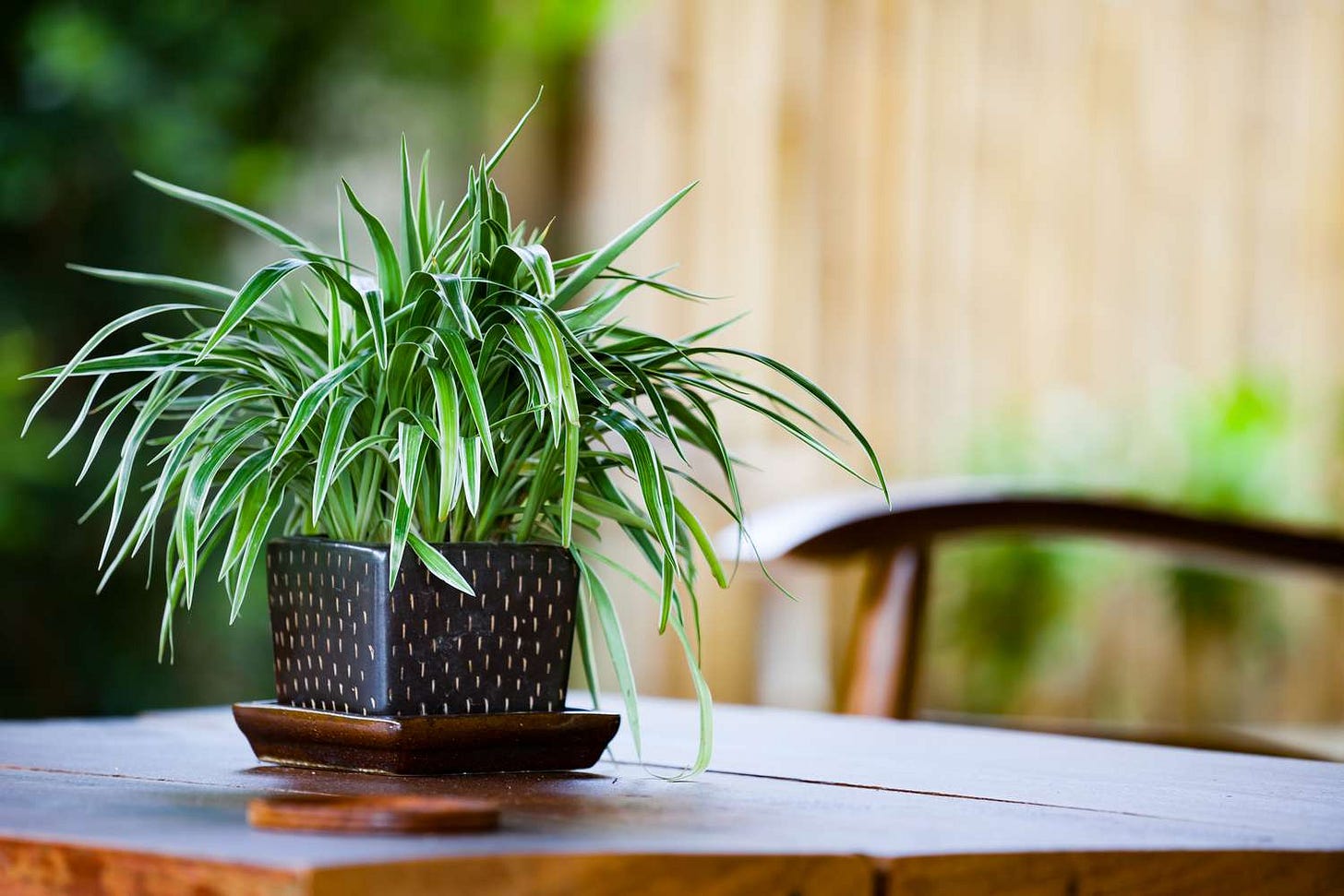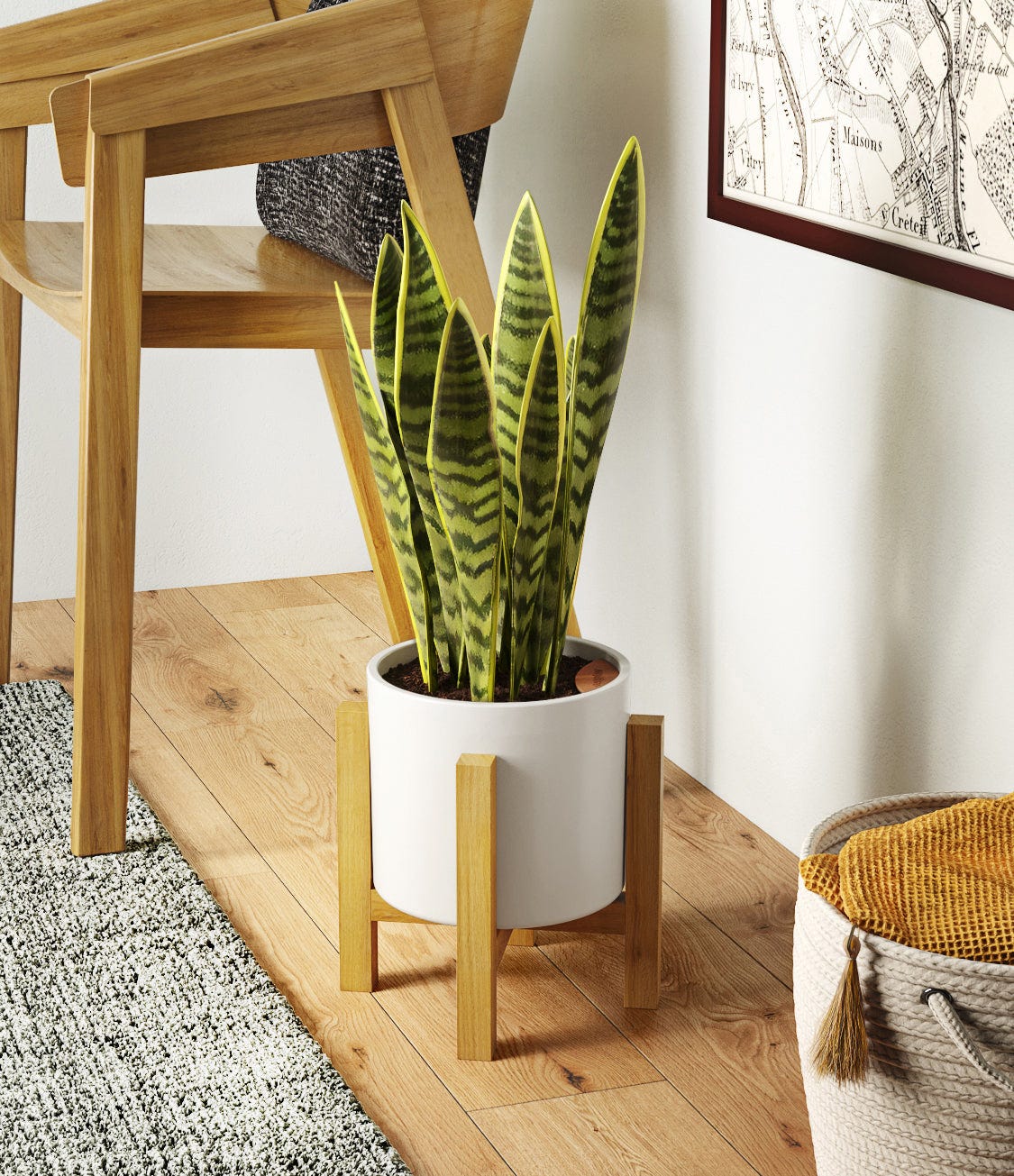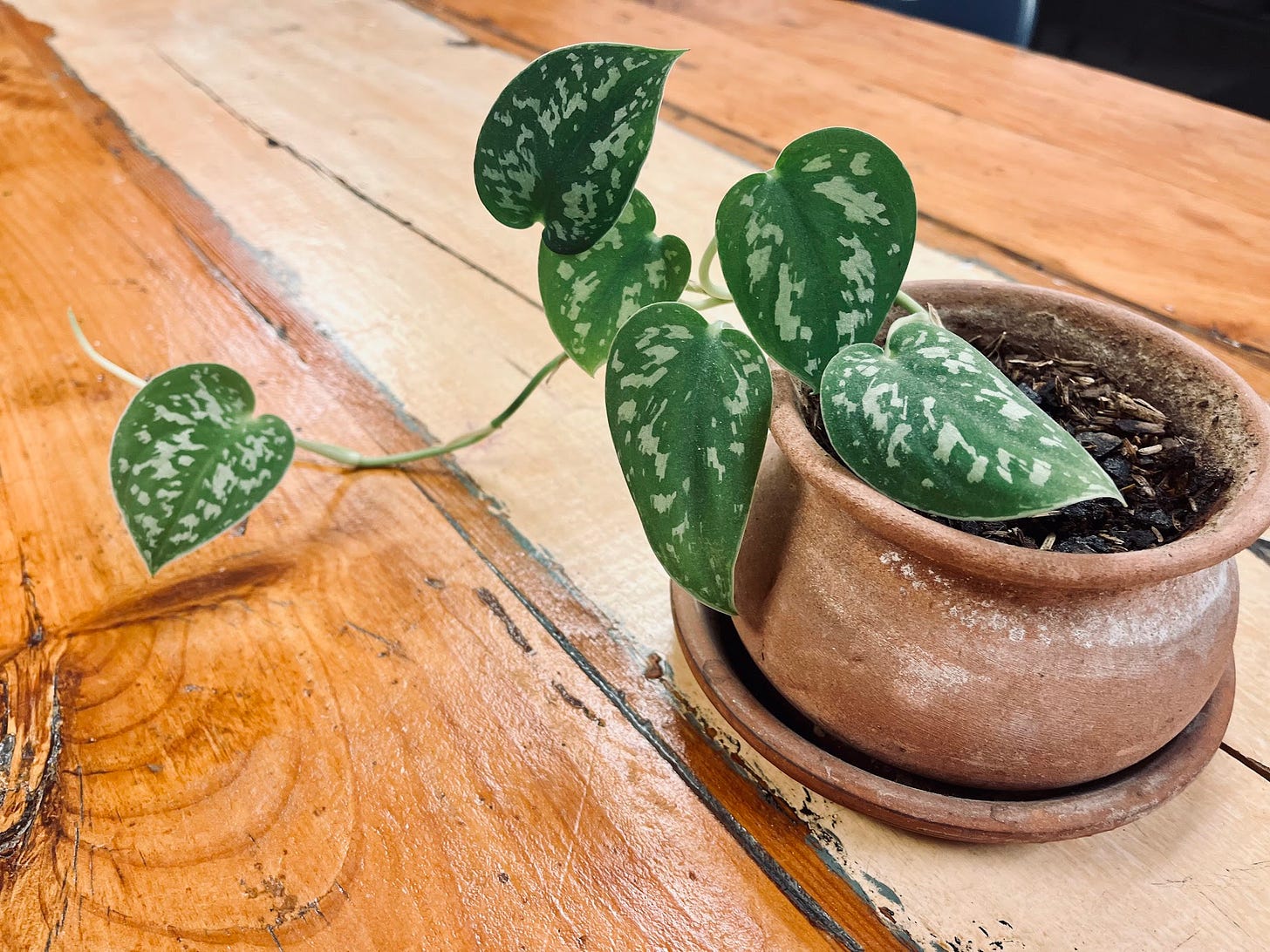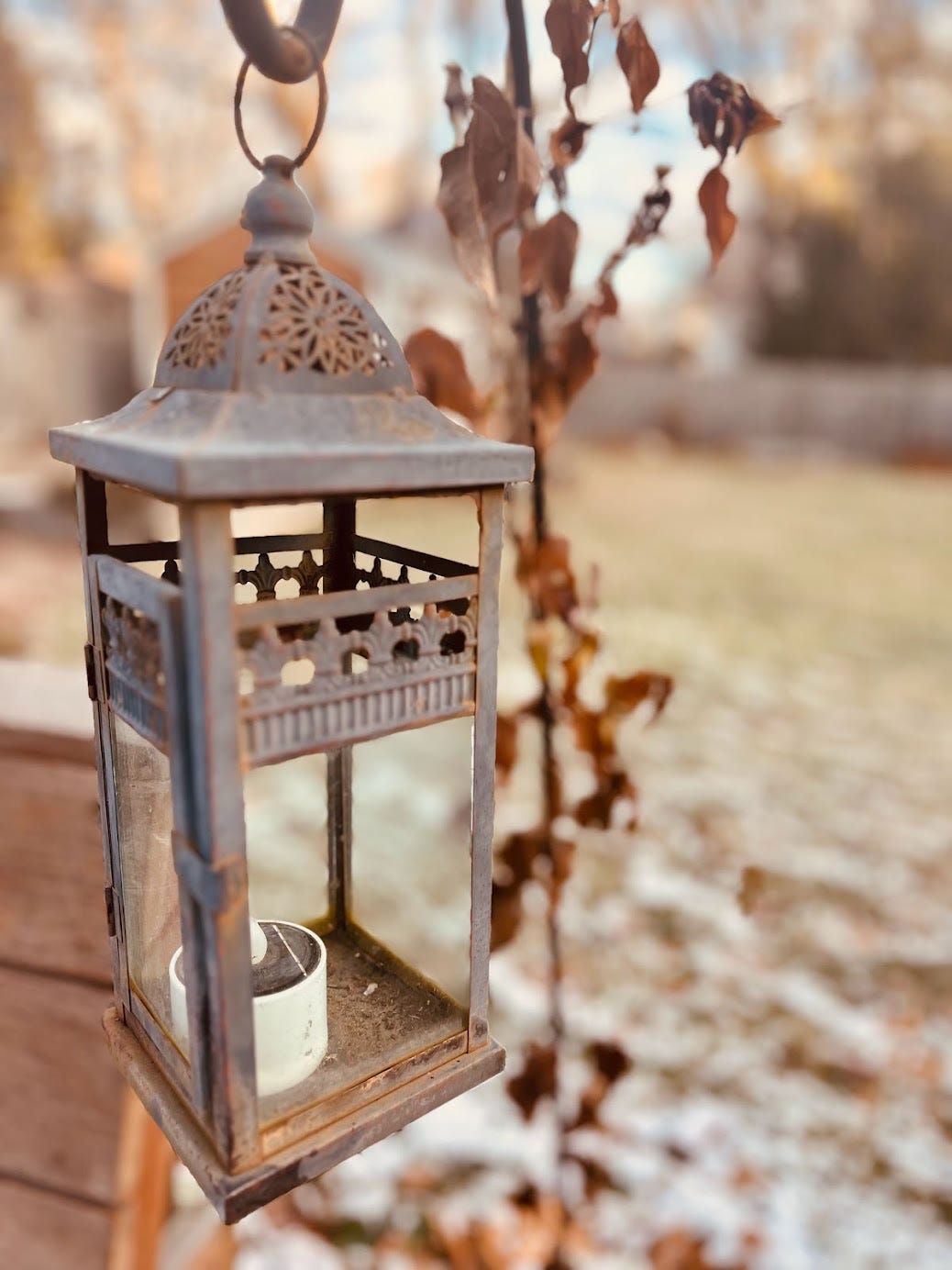
“Can you save this plant?” a student said, handing me something ragged and stubby in a terracotta pot, like a green ponytail shorn off by dull scissors. Then, bashfully: “My cat keeps eating the leaves.” It turned out to be a Spider Plant, Chlorophytum comosum, which cats enjoy nibbling because the leaves settle their stomachs and have a mild, catnip-like effect on their brains. The poor student who saddled me with this charity case had made a very common false assumption: that because I know something about garden plants, I am also an expert on caring for houseplants.
As it turns out, houseplants are a literal world apart from the fruits, vegetables, and flowers we tend to grow in our gardens in the Northern Hemisphere. Treating them the same way we treat such garden plants will not just hinder them from thriving: it will often kill them outright. Many of us, perhaps, have confronted this reality as we seek to surround ourselves with green things throughout the year. We may have heard rumors that houseplants oxygenate our homes, reduce stress, and add cheer to a room. All of these rumors are true, but cannot turn a black thumb green if we try to apply the same logic to most common houseplants that we do to our summer tomatoes or winter squash.
The reason for this quandary is that nearly all of the most common houseplants, from Spider Plants to Snake Plants to Devil’s Ivy, are native to the floors of tropical or sub-tropical jungles. When you think about it, this makes a lot of sense: the interiors of our homes are constantly warm and typically rather shady—an environment not dissimilar to a jungle floor. The key difference, of course, is humidity, which is where most of us go wrong developing our approach. Here, then, are a few pieces of strategic advice for keeping the green things in your home healthy while the snow piles up outside and the vegetable garden feels like a distant dream.

First and foremost, never hesitate to perform a quick Google search about the provenance of a plant you buy or are gifted. The famous gardener’s adage is “right plant, right place,” and you cannot possibly know the right place for a houseplant if you don’t understand where it came from or what it needs. Though we live, work, and breathe in the information age, we often hesitate to research such things—a negligence that often spells death for house plants and, in my experience, for DIY home projects.
That being said, since most houseplants originated on jungle floors, we’re often tempted to fertilize and water them early and often, keeping the soil moist, as we imagine it must be in the Amazon. Yet this is not actually the case. In fact, the dense canopies of rainforests are exceptionally good at blocking the rain and there are multiple layers of water-hungry life between the tops of the trees and the forest floor. The upshot of all this is that the typical houseplant is adapted for a life of indirect light, impoverished soil, and deep but infrequent watering.
Armed with this insight, the in-home gardener must learn to allow the potting soil of their houseplants to dry out completely before they water but, when watering time comes, to water them hard and allow the excess to drain from the bottom of the pot—all such plants hate for their roots to sit in the wet. In warm months, I only water my snake plant about once every two weeks, trimming off any leaves that have gone brown in the interim, and water it only once in an entire winter. Fiddle-leaf figs want a similar sort of treatment, as do Devil’s Ivy and Spider Plant. Relatedly, such plants should only be fertilized once or twice a year—and that sparsely—around the beginning of spring and again towards the beginning of summer, when light is most abundant and the plants are putting on most of the year’s growth.

As your plants begin to grow and thrive, remember to dust their leaves on occasion—since there is no rain to wash off the accumulating dust, a thick layer of it will form naturally, impeding photosynthesis. Using a hand mister on the leaves from time to time is also helpful in the winter months when our heating systems are on full whack, cooking the moisture out of rooms and putting pressure on these humidity-loving forms of life. Finally, check once a year or so to see if the roots have started to become restricted. If they have, it’s time to pot up the plant into a bigger container—not too large, since too big a mass of surrounding soil will promote root rot, but just enough to refresh the available nutrients and allow for new growth.
My student’s Spider Plant has fully recovered now, and sits contentedly in my classroom’s single window. Last spring, it even graced me with a burst of its strange and delicate purple flowers, exotic and fine as origami, brief as cherry blossoms. Notably, all this thriving resulted from neglect—I still haven’t bothered to pot the thing up and hardly ever water it. It’s thus become a symbol for me of those naturally resilient people and things which repay us so much for so little, but need our love nonetheless.




